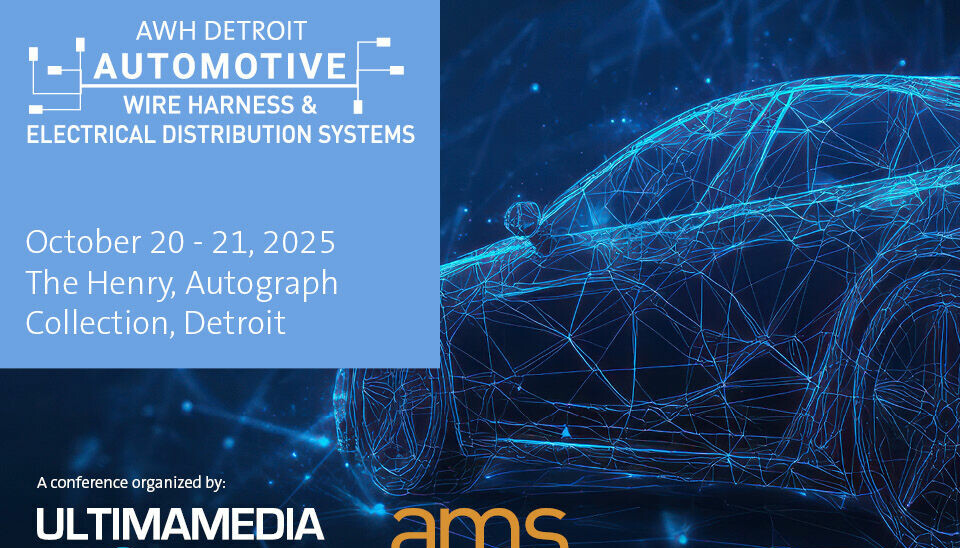More autonomous driving systems
-

All Information on the 13th Automotive Wire Harness Congress
-

Lotus and Here collaborate on Highway Navigation Pilot
-

Mercedes-Benz is enhancing the S-Class
-

Efficient Test Fleet Management for ADAS and AD
-

How good is the VW ID.7 in winter?
-

Nvidia Delivers New Computing Power for Autonomous Driving
-

Infotainment and ADAS Test: Volvo EX90 vs. XC90
-

"Our solution fits very well with software-defined cars"
-

New IAMTS Chairman Aims for Global Harmony
-

How does a Lidar sensor work?
-

Are Robotaxis on the Brink of a Breakthrough?
-

Which Car Manufacturer is Leading in Autonomous Driving?
-

Which Sensors Do Autonomous Cars Need?
-

Everything About the Drive Pilot from Mercedes-Benz
-

Hands-free on the Autobahn in the BMW i7
-
Why is the switch to 48-volt electrical systems important now?
The tension is rising: VW and Audi are pushing the switch to 48-volt electrical systems. At the 12th Automotive Wire Harness Congress, Dr. Bodo Specht from VW and Dr. Uli Mende from Audi discussed the challenges and opportunities of switching to 48 V in the automotive industry.
-
All Information on the 13th Automotive Wire Harness Congress
The wiring systems industry is undergoing extreme changes: There are software updates instead of cables, 800-volt technology instead of standard power, and many more changes... At the Automotive Wire Harness 2025, you can see who is leading the way. What can participants expect?
-
General Motors imagines electric-powered Corvette
General Motors has revealed a design study Chevrolet Corvette concept car developed by the company’s UK team. It has EV battery technology embedded in the structure.
-
Uncooled DC charging cables for realising a wide range of charging solutions
With a comprehensive and reliable DC charging infrastructure, charging electric cars on medium and long-distance journeys at semi-public and public electric charging stations is more than suitable for everyday use. Long charging times are a thing of the past.
-
What's Behind BMW's Heart of Joy?
The heart of BMW's Neue Klasse is set to bring a new joy of driving. The fundamental idea is based on four high-performance computers - the Heart of Joy is one of them. Can the Munich team also convince petrolheads with this?
-
Lotus and Here collaborate on Highway Navigation Pilot
Lotus Robotics and Here Technologies have signed a Memorandum of Understanding. The companies want to develop a Highway Navigation Pilot solution that delivers Level 2+ (L2+) automated driving functions.
-
Mercedes-Benz is enhancing the S-Class
For the 2025 model year, Mercedes-Benz refines its automotive flagship with expanded personalisation options, a smarter infotainment experience powered by AI, and an enhanced Drive Pilot.
-
Efficient Test Fleet Management for ADAS and AD
Cloud-based solutions are transforming test fleet management for ADAS and autonomous vehicles. Through real-time monitoring, efficient data handling, and remote diagnostics, companies like Continental save enormous costs and accelerate development.
-
BMW and Alibaba Deepen Strategic Partnership in China
BMW and Alibaba announced an expanded partnership in China, accelerating the integration of Alibaba’s Qwen large language model into BMW’s Neue Klasse models. This collaboration is part of BMW’s strategy of increasing cooperation with Chinese tech companies.
-
All-Electronics












